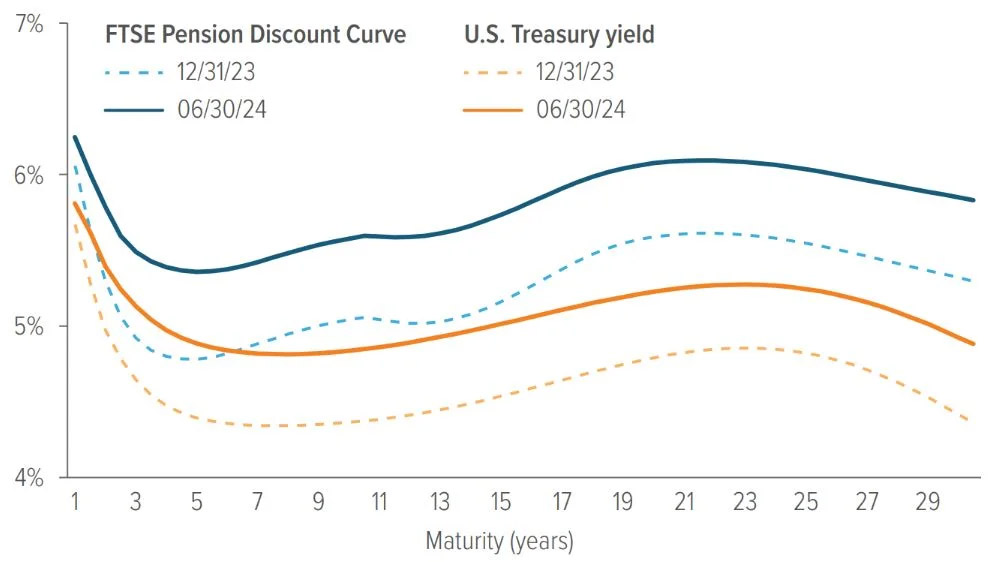Voya Investment Management
Voya Investment Management is a leading authority in insurance asset management, bringing the capabilities of a large institutional investment manager with proprietary insurance balance sheets to small and medium sized insurance companies and key strategic partnerships. As the manager of a large and complex proprietary life insurance balance sheet, we extend every resource committed to that undertaking to our third-party clients. Our deep insurance resources and expertise, investment process and infrastructure built especially for regulated balance sheets, and our high touch client engagement model are all key differentiators versus our competitors.
Voya Investment Management is the asset management business of Voya Financial (NYSE: VOYA), overseeing $333 billion in assets for institutions, financial intermediaries and individual investors as of 06/30/24. Voya Investment Management assets are calculated on a market value basis and include proprietary insurance general account assets of $31 billion.
Michael Alvarez, CFA
Managing Director, Head of Insurance Solutions
Michael.Alvarez@voya.com
770-690-6709






